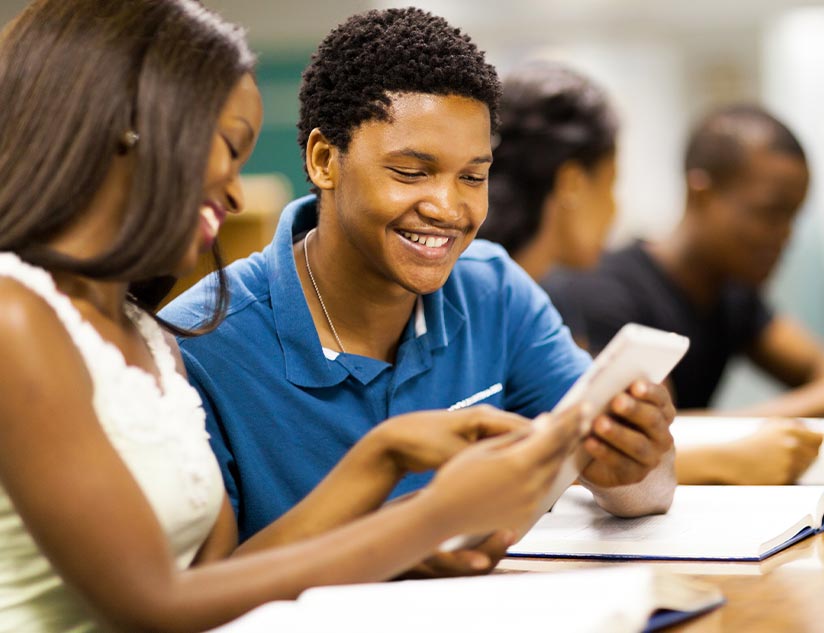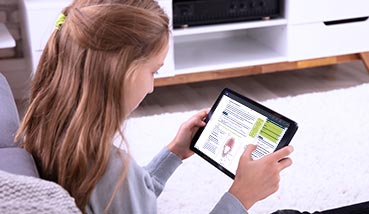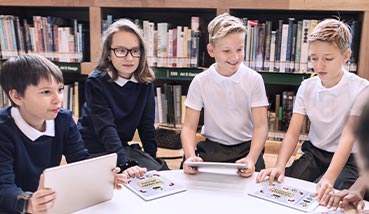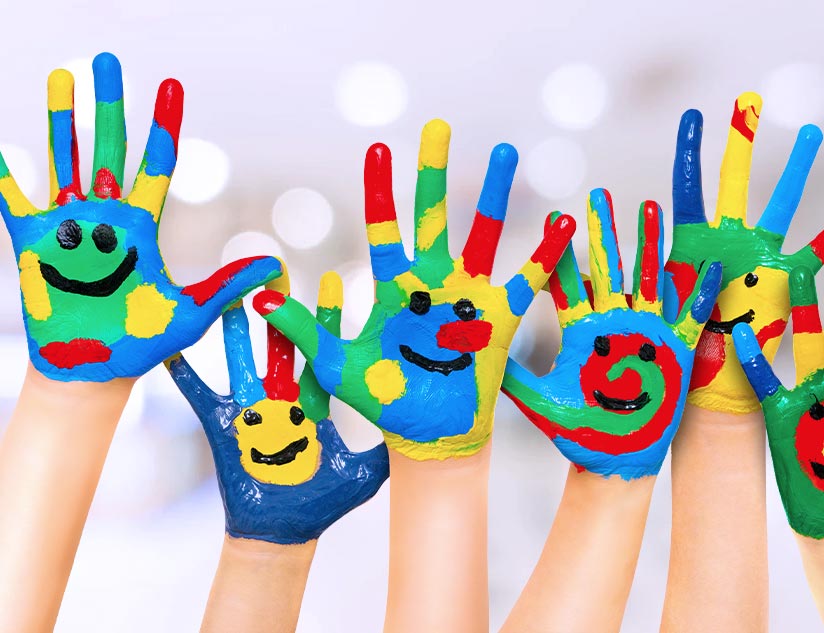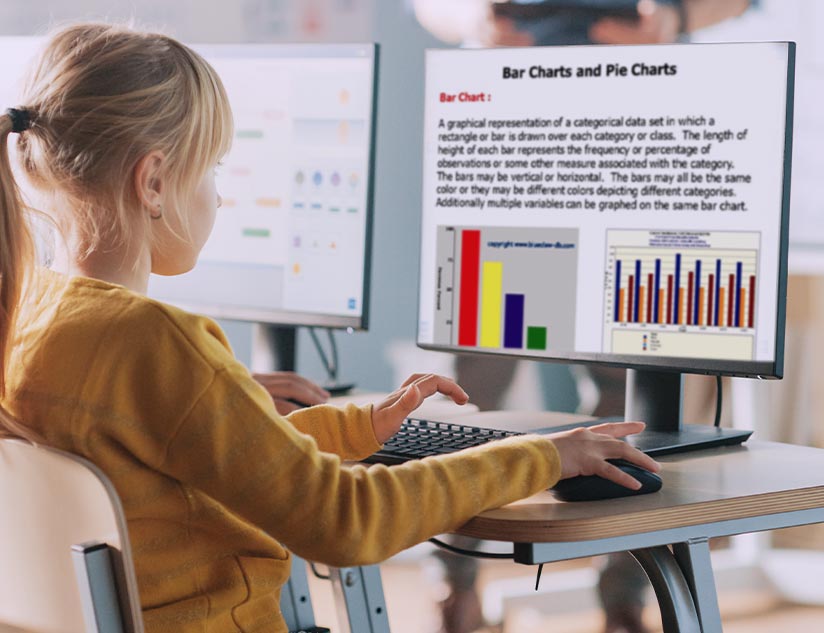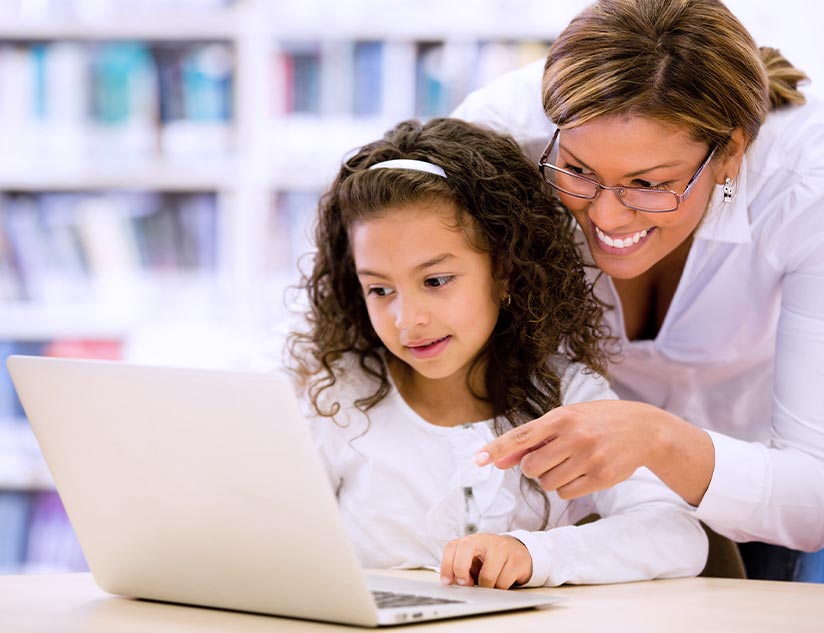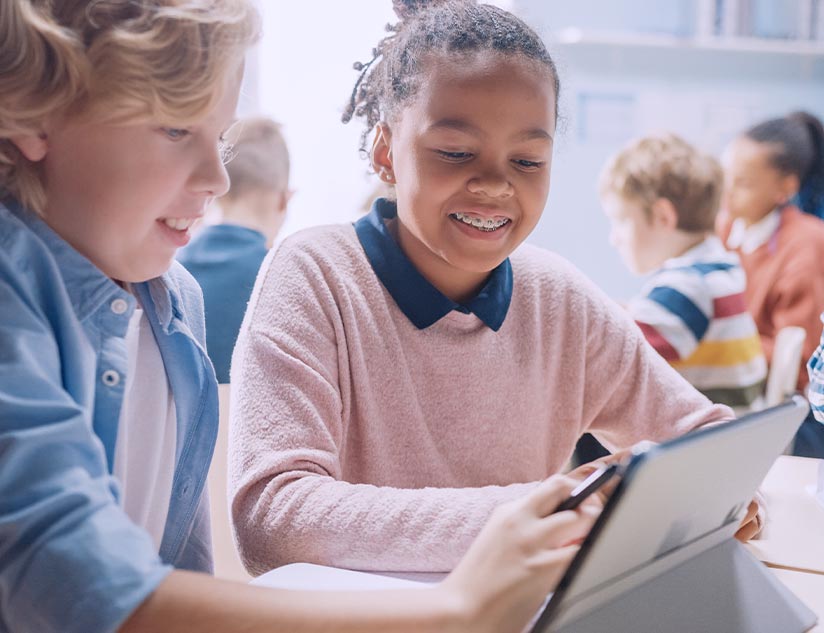Education systems usually comprise rigid curricula and a one-size-fits-all approach to teaching. Standardized approaches to instruction tend to act as barriers to learning, often resulting in a sub-optimal climate for fostering academic success. Advent of digital learning allows educators to design tailor-made solutions to cater to individual student needs and bring about greater engagement with learning material. They can design inclusive digital learning platforms that enable learners to perceive information in more than one learning style.
Universal Design for Learning (UDL) refers to a set of principles for designing effective learning environments for all students. It’s based on a research-backed framework for designing curricula – comprising learning objectives, methods, and assessments – that enable individuals of different needs and abilities to achieve optimal learning outcomes.
The origins of UDL
The origins of UDL can be found in early civil rights and special education legislation in the United States of America, emphasizing the right to free, appropriate public education for all students in the least restrictive environment. The UDL framework was envisaged by researchers at the Center for Applied Special Technologies (CAST) in the late 1980s as the culmination of conceptual shifts, which are architectural design advancements and education technology developments.
Principles of UDL
According to a research study conducted by CAST, learning occurs because of the functioning of three brain networks: recognition, strategic, and affective. To activate these networks in the process of learning, we must provide for multiple means of representation, expression, and engagement, which form the principles of UDL:
- Multiple means of representation (recognition network): Individual learning styles and preferences may result in individuals achieving the same learning goals in different points in time. While some learners may grasp visual information the best, others may require both auditory and visual cues. Moreover, students with disabilities may have different inclinations for accessing and ingesting information. Therefore, presenting information in multiple formats with options for learners is an ideal approach. For instance, content creators can provide captions for videos and transcripts for audio recordings; highlight big ideas and indicate at relationships between concepts; provide background information through a story or an example, etc.
- Multiple means of expression (strategic network): Apart from how they process information, learners also differ in how they best demonstrate learning. While some students have great writing skills, others can better demonstrate their learning verbally. Thus, limiting the means by which a student can exhibit their learning may paint a fuzzy picture of their progress. Furthermore, some means of expression could also lead to better employment prospects. For instance, a role involving delivering presentations to large groups of people would see a student benefit from a presentation approach in the classroom instead of a written assignment. Again, providing a variety of opportunities for students is the way to go. For instance, instead of just written assignments, educators could introduce other options, such as PowerPoint, video, audio recording, etc.
- Multiple means of engagement (affective network): The affective brain network is responsible for student engagement with a course and motivation to learn. The factors that impact how a student engages with content involve culture, gender, prior knowledge, neurology, etc., which can potentially influence whether learners prefer to work alone or in groups and what aspects of the content will draw the most interest. In the absence of meaningful engagement with content, students are less likely to purposefully transfer knowledge and skills. This can be resolved by offering them multiple ways to connect and interact with content. For instance, educators could give learners the choice in things, such as the tools used; methods of reflection and self-assessment; types of rewards/recognition; level of challenge and provide opportunities for both group work and independent work and create a community of thinkers.
How Magic Box supports UDL principles
UDL is thus a proactive approach using instructional strategies and flexible technologies to support diverse learning needs. The aim is to achieve the highest level of functionality and positive user experience for the widest learner base possible. Effective UDL requires purposeful consideration and strategy in all areas of course planning and design, resulting in an online learning experience that allows students with divergent styles and learning needs to interact and learn effectively.
Initially proposed as a means to involve students with disabilities in the classroom, it is now understood as a general education initiative that improves outcomes for all types of learners.
UDL addresses the three learning networks within a broadly defined concept of curriculum that includes goals, materials, methods, and assessment. According to its three principles, each area of the curriculum should provide multiple and flexible options for representation, expression, and engagement.
- Representation: MagicBoxTM provides learners with various ways of acquiring information and knowledge through online assessments, mobile apps, cloud-based learning, etc. It offers the ability to deliver curriculum in different formats for e-books, videos, audios, etc., thus providing multiple means of acquiring and representing information.
- Expression: With MagicBoxTM students can be provided with alternatives to express learning beyond written assignments. For instance, students can demonstrate learning through games, videos, presentations, drama, mobile content, etc.
- Engagement: MagicBoxTM provides multiple means of engagement to tap students’ learning styles and personal attributes while focusing on the required learning outcomes. For instance, students can take lessons in various formats on multiple devices, such as mobiles, laptops, Chromebooks, etc.
Goals of UDL and Magic Box
- Learning opportunities for everyone: K-12 classrooms typically feature learners with diverse abilities and backgrounds – those with physical, communication and learning disabilities, varied cultural backgrounds, different learning styles, etc. UDL helps meet the challenge of diversity by providing flexible instructional materials and strategies by providing options for:
- Presenting information in multiple ways (the what of learning)
- Differentiating the ways for student to express knowledge (the how of learning)
- Stimulating interest and motivation for learning (the why of learning)
- Improving and optimizing learning for students: The UDL framework lays the foundation for a flexible, responsive curriculum that eliminates barriers to learning. Using a UDL approach, educators can offer curriculum options that present information and content in varied ways; differentiate the way learners can express what they know; and engage students in meaningful, authentic learning.
By facilitating a flexible, responsive curriculum, UDL leads to superior outcomes in how information is presented, how students demonstrate their knowledge and skills, and how they ultimately learn. In much the same way, MagicBoxTM learning solutions provide all students with the opportunity to access and participate in the general education curriculum by limiting the barriers to instruction.









